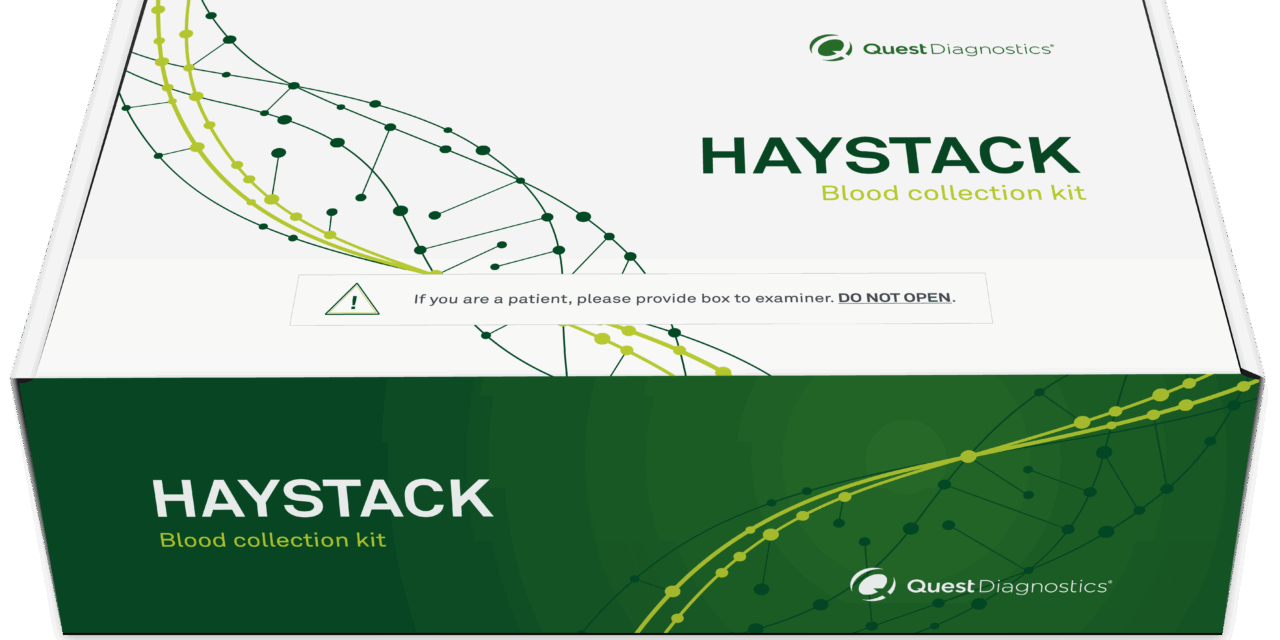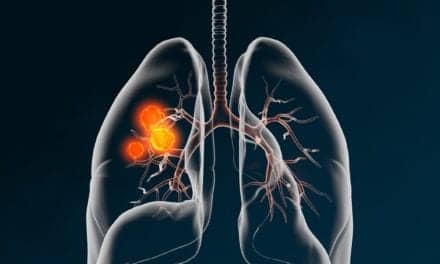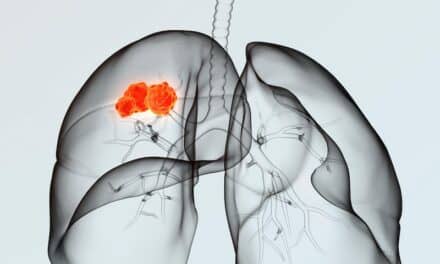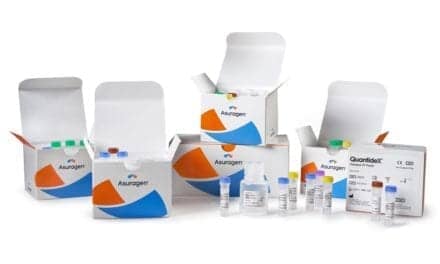Haystack Oncology and Rutgers Cancer Institute collaborate on phase II trial examining minimal residual disease testing in stage II/III NSCLC patients.
Haystack Oncology, a Quest Diagnostics company, has announced a research collaboration with the Rutgers Cancer Institute to evaluate the use of circulating tumor DNA (ctDNA) testing to help optimize postoperative therapy decisions in patients with stage II/III non-small cell lung cancer (NSCLC).
The “Trial of ctDNA Guidance to Determine Post Operative Radiation Therapy (PORT) for Minimal Residual Disease (MRD) for Lung Cancer: the MRD-PORT Trial (NCT06979661)” is a prospective phase II study that will use the Haystack MRD test to assess whether the presence of residual tumor DNA after surgery can help guide the use of radiation and systemic therapies.
“Circulating tumor DNA is a pivotal marker to figure out how best to individualize patient care for lung cancer,” says Salma Jabbour, MD, vice chair of clinical research and faculty development, Department of Radiation Oncology and associate director faculty affairs and development, Rutgers Cancer Institute, in a release. “Studying new ways to detect this marker are important for helping improve patient outcomes.”
Personalizing Postoperative Therapy
The study will evaluate ctDNA in patients with stage II/III NSCLC in the adjuvant setting. Patients who test positive for ctDNA after surgery—indicating potential residual disease—will be considered for adjuvant radiation and systemic therapy, including chemotherapy, immunotherapy, or targeted therapy, based on tumor biology and clinical context.
“The ability to identify residual disease following curative-intent treatment opens the door to more precise, personalized interventions, moving us closer to truly individualized cancer care,” says Dan Edelstein, vice president and general manager of Haystack Oncology, in a release. “While existing data supports the prognostic value of ctDNA in lung cancer, this innovative study will now address the question of how ctDNA-based testing can guide and optimize adjuvant treatment decisions.”
This marks the second collaboration between Haystack Oncology and Rutgers Cancer Institute involving Haystack MRD. In 2023, the two parties announced a study to evaluate the test for use in patients being treated for early-stage triple-negative breast cancer.
Growing Evidence for ctDNA MRD Testing
A growing body of research underscores the potential role of ctDNA MRD tests to identify residual or recurring cancer in patients with solid tumors. In April 2025, a study published in The New England Journal of Medicine found that ctDNA testing, using Haystack MRD, was a “reliable liquid biopsy surrogate” that identified clinical complete response at a median of 1.4 months compared to over 6 months using imaging tests.
Nearly all oncologists (96%) in a recent survey by Harris Poll for Quest Diagnostics said MRD testing has the potential to identify cancer recurrence earlier than other current methods. In August 2025, the US Food and Drug Administration granted Breakthrough Device Designation to Haystack MRD for identifying MRD-positive patients with stage II colorectal cancer following curative-intent surgical treatment who may benefit from adjuvant therapy in accordance with therapeutic product labeling.
Lung cancer is the leading cause of cancer-related deaths in the US. Despite advances in surgery and systemic therapies, recurrence rates remain high, especially for patients with stage II and III NSCLC. Studies show that patients who test positive for ctDNA after surgery have dramatically worse progression-free survival and overall survival compared to ctDNA-negative patients.
Haystack MRD was developed and validated in a CLIA-certified laboratory and is available for commercial use as a lab-developed test by Quest Diagnostics. The test is also available for clinical trials as an investigational device by Haystack Oncology in laboratories located in Baltimore, Maryland; Hamburg, Germany; and Helsinki, Finland.
Photo caption: Haystack MRD
Photo credit: Haystack Oncology/File Photo





